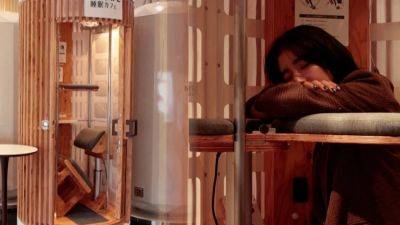Japan’s Nara plans to cull more sacred deer to protect farms, tackle starvation
Japan has proposed to cull dozens of the sacred deer dotting the country’s ancient capital of Nara to prevent them from damaging crops while others housed by a local animal welfare organisation were reportedly neglected and on the brink of starvation.
Nara’s deer are traditionally regarded as the messengers of the gods and mingle with the thousands of visitors to the historical and cultural sights of Nara Park, including Todaiji Temple, home to the largest bronze Buddha statue in the world.
Visitors usually buy rice crackers to feed the tame deer, with the proceeds going for their care.
“The tourists love to see the cute bambis and feed them and I’ve never seen them attack a person or bite,” said Tsutomu Harada, a tour guide who has visited Nara several times.
“For us, they are sacred animals that must be respected but they are also one of the most important tourist attractions in the city,” he said.
“But with more deer and less space, the border between where the deer can go and graze and the areas where they are not meant to go is becoming harder to protect.”
On Monday, a panel set up to consider problems associated with the animal released a plan that would permit the culling of deer found in a “buffer zone” immediately around the park.
At present, wild deer within the park are protected while the ones inside the buffer zone that are injured or causing a nuisance by getting into farmland are trapped and transported to fenced enclosures in the facility. Beyond the buffer area is the “controlled zone,” where up to 180 animals are slaughtered every year.
The committee also suggested the euthanisation take place within the buffer zone, adding how many deer would be put to death will be finalised in the coming months.
The panel’s







